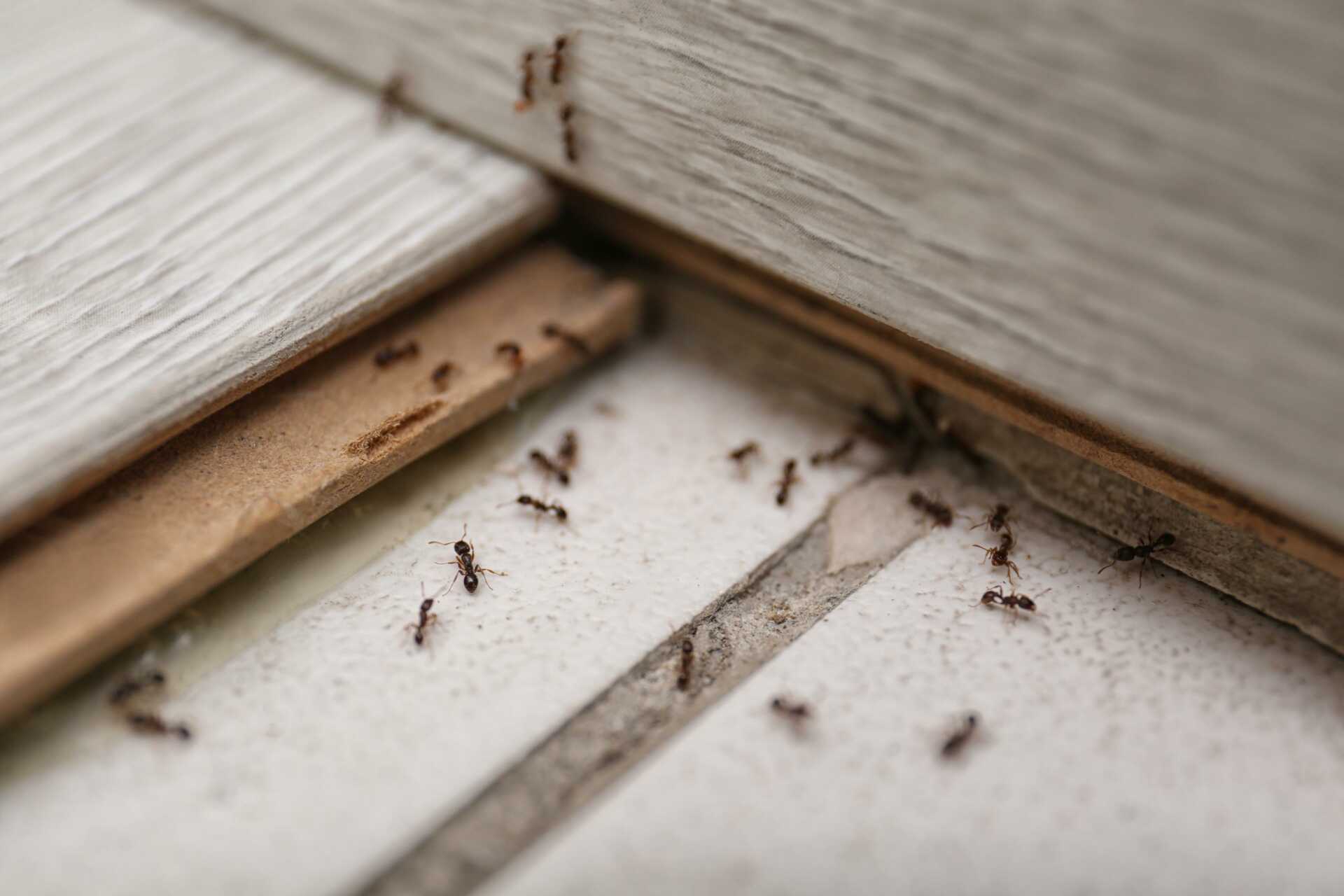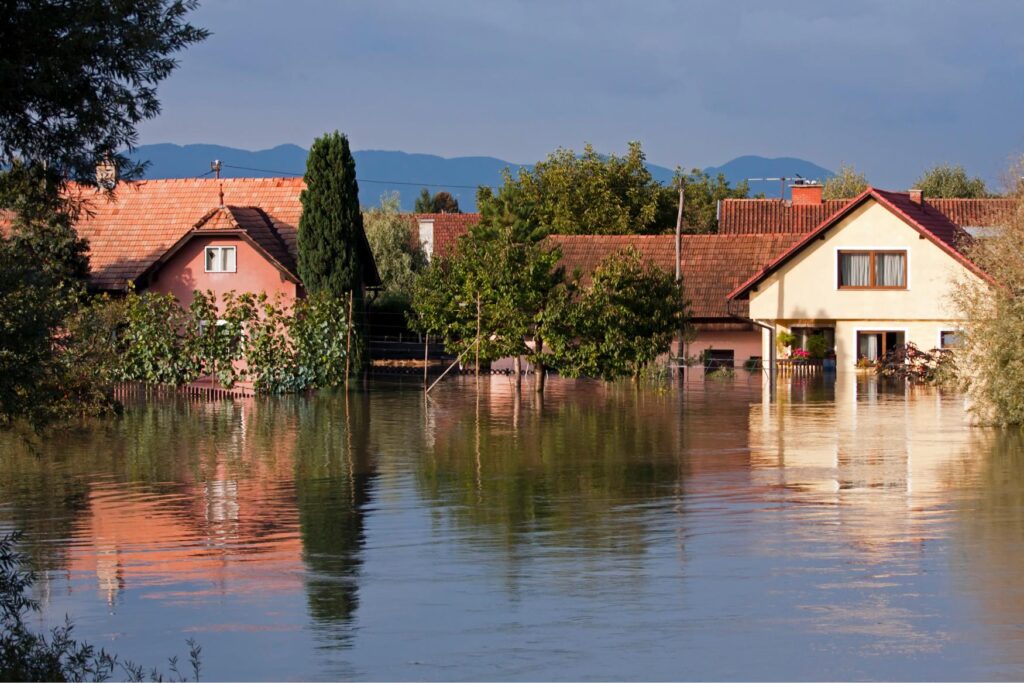Contents
Are you tired of battling pests in your home with harsh chemicals? Explore seven green pest control methods that are not just effective but also environmentally friendly. From essential oils to boric acid, these natural solutions can assist you in keeping your home pest-free without compromising your health or the environment. Discover how these methods can transform the way you approach pest control and establish a safer living space for you and your loved ones.
Essential Oils
When it comes to implementing green pest control methods in your home, one effective approach is utilizing essential oils. Essential oils are concentrated liquids extracted from plants that possess natural pest-repelling properties. These oils work by targeting the olfactory senses of pests, interrupting their ability to locate food sources and navigate effectively.
Peppermint oil is particularly effective against spiders, ants, and rodents. Its strong scent overwhelms their senses, deterring them from entering your living spaces.
Eucalyptus oil is another powerful option that repels a wide range of insects such as mosquitoes, flies, and cockroaches.
Lavender oil, with its pleasant aroma for humans, acts as a potent repellent for moths and fleas.
To create your essential oil pest control spray, mix a few drops of your chosen essential oil with water and a small amount of dish soap to help the oil disperse. Shake the mixture well and spray it in areas where pests are likely to enter, such as windowsills, doorways, and baseboards.
Remember to regularly reapply the spray, especially after cleaning, as water can dilute its potency. By incorporating essential oils into your pest control routine, you can effectively ward off unwanted critters while creating a pleasant, aromatic environment in your home.
Diatomaceous Earth
Diatomaceous Earth, also known as DE, is a natural and effective substance for pest control in homes. DE is made from fossilized remains of diatoms, which are tiny aquatic organisms. This powdery substance works by dehydrating insects upon contact. When pests come into contact with DE, they absorb the oils and fats from their exoskeletons, leading to their eventual desiccation and death.
To use DE for pest control, apply a thin, even layer in areas where insects frequent, such as along baseboards, behind appliances, and in cabinets. Be cautious not to inhale the dust when applying it, as it can irritate the respiratory system. DE is safe for humans and pets when used correctly, making it a popular choice for environmentally conscious individuals looking to combat pests without harsh chemicals.
When choosing DE for pest control, opt for food-grade DE, which is the safest option for use in homes. While DE is effective against a variety of pests like ants, cockroaches, and bed bugs, it may take some time to see results as it works gradually. Consistent application and patience are key when using diatomaceous earth for pest control in your home.
Pest-Repelling Plants
A variety of pest-repelling plants can serve as natural deterrents against common household pests. Incorporating these plants into your home adds greenery and also helps keep unwanted critters at bay. Here are some examples of pest-repelling plants and the pests they deter:
| Pest-Repelling Plant | Pests Deterred | Best Location |
|---|---|---|
| Lavender | Moths, Fleas, Flies | Near entryways |
| Mint | Ants, Mice, Spiders | Kitchen or windowsills |
| Marigold | Aphids, Mosquitoes | Vegetable gardens |
Lavender is known for its pleasant scent, but it also acts as a repellent for moths, fleas, and flies. Placing lavender near entryways can help deter these pests from entering your home. Mint is not solely a versatile herb for cooking but also a natural deterrent for ants, mice, and spiders. Consider placing pots of mint in the kitchen or on windowsills to keep these pests away. Marigolds add a pop of color to your garden and also repel aphids and mosquitoes. Planting marigolds in vegetable gardens can help protect your crops from these pesky insects. By strategically placing these pest-repelling plants around your home, you can create a natural barrier against common household pests.
Boric Acid
Boric acid emerges as a reliable option when considering green pest control methods. Its safe application methods make it a preferred choice for homes with pets and children.
Additionally, boric acid has been effective against a variety of pests, making it a valuable tool in your pest control arsenal.
Safe Application Methods
Precise application methods are essential for safe and effective pest control in your home. When applying boric acid, make sure that it’s placed in areas where pests frequent, such as along baseboards, beneath sinks, and in dark corners.
Use a duster or a bulb puffer to dispense the boric acid in a thin, even layer to maximize its effectiveness. Remember to wear gloves and a mask to protect yourself from any potential irritation, especially if you have sensitive skin or respiratory issues.
Be cautious not to apply boric acid in areas accessible to children and pets, as it can be harmful if ingested. Additionally, avoid applying boric acid near food preparation areas to prevent contamination.
Regularly monitor the treated areas and reapply the boric acid as needed to maintain its efficacy. By following these safe application methods, you can effectively control pests in your home while minimizing risks to your family and pets.
Effectiveness Against Pests
To assess the effectiveness of boric acid against pests, it’s essential to understand its mechanism of action. Boric acid works by disturbing the digestive system of insects, leading to their eventual demise. When pests come into contact with boric acid, it sticks to their bodies and is consumed as they groom themselves. Once inside the insect, boric acid hinders their metabolism and causes dehydration, ultimately resulting in their death. This method is particularly effective against cockroaches, ants, silverfish, and other common household pests.
Boric acid is a versatile pest control option that targets adult insects and also impacts their eggs and larvae. This all-encompassing approach helps in reducing the pest population over time. Additionally, boric acid has a long-lasting residual effect, continuing to eradicate pests even after initial application.
It’s important to apply boric acid in areas where pests frequent, such as behind appliances, under sinks, and along baseboards, to maximize its effectiveness against unwelcome intruders.
Vinegar Solutions
Utilizing vinegar solutions is a highly efficient and environmentally friendly approach to pest control in residential settings. Vinegar, a commonly used household item, contains acetic acid that acts as a natural repellent against various pests. Ants, for instance, detest the strong scent of vinegar and will avoid areas treated with it. To create a vinegar solution for ant control, mix equal parts of water and vinegar in a spray bottle and apply it along entry points and ant trails.
For deterring spiders, a blend of vinegar and essential oils like peppermint or tea tree oil can be highly impactful. Spiders dislike the aroma of these oils combined with the acidity of vinegar, making it a potent solution to keep them at bay. Additionally, vinegar can also be used to clean surfaces where pests may leave pheromone trails, disrupting their communication and foraging patterns.
When dealing with fruit flies, a simple trap made from apple cider vinegar and dish soap can be a game-changer. The flies are attracted to the sweet scent of the vinegar, but the dish soap breaks the surface tension, causing them to drown upon contact. This method isn’t just effective but also non-toxic, making it safe for use around children and pets.
Beneficial Insects
In the field of pest control, the concept of beneficial insects emerges as a natural and eco-friendly solution to combat unwanted pests. These insects play an essential role in maintaining the ecological balance in your home and garden. Ladybugs, also known as lady beetles, are a prime example of beneficial insects that feed on aphids, mealybugs, and other destructive pests. Encouraging these colorful beetles to thrive can greatly reduce the need for harmful chemical pesticides.
Another beneficial insect is the lacewing, with delicate green wings and large, golden eyes. Lacewing larvae are voracious predators of aphids, caterpillars, and other soft-bodied insects that can wreak havoc on your plants. By attracting lacewings to your garden through diverse plantings and avoiding broad-spectrum insecticides, you create a natural defense system against pest infestations.
Hoverflies, resembling small bees, are beneficial insects that feed on pollen and nectar as adults but lay their eggs near aphid colonies. The resulting larvae then consume large numbers of aphids, effectively controlling their population. By planting a variety of flowering plants, you can attract hoverflies and other beneficial insects to your garden, promoting a healthy and balanced ecosystem.
Integrating beneficial insects into your pest control strategy reduces harmful chemicals and fosters a harmonious relationship between your home and the natural world.
Green Cleaning Practices
Green cleaning practices are essential for maintaining a healthy and eco-friendly living environment. Using green cleaning methods is vital for keeping your home free from pests while also being mindful of the environment. Start by regularly cleaning and decluttering your home to eliminate hiding spots for pests.
Use non-toxic, eco-friendly cleaning products that are free from harsh chemicals. Ingredients like vinegar, baking soda, and essential oils can be powerful allies in your green cleaning arsenal.
When cleaning, pay attention to areas where pests are likely to thrive, such as kitchen counters, sinks, and garbage disposal areas. Make sure to seal cracks and crevices where pests can enter your home, as this can prevent infestations before they even begin. Using natural repellents like peppermint oil or citrus sprays can also help deter pests from entering your living spaces.
Regularly vacuuming and mopping floors can help eliminate food sources that attract pests. Be diligent in cleaning up spills and crumbs to avoid attracting unwanted critters. By incorporating these green cleaning practices into your routine, you can create a healthy and pest-free environment for you and your family, all while reducing your impact on the planet.
Summary
Incorporating eco-friendly pest control techniques in your household is efficient and eco-conscious. By using essential oils, diatomaceous earth, pest-deterring plants, boric acid, vinegar mixtures, and helpful insects, you can effectively repel pests without turning to toxic substances. Embracing environmentally friendly cleaning methods will not just foster a healthier living space for you and your loved ones but also play a part in promoting a greener future. So, why not experiment with these organic remedies and witness the impact firsthand?




